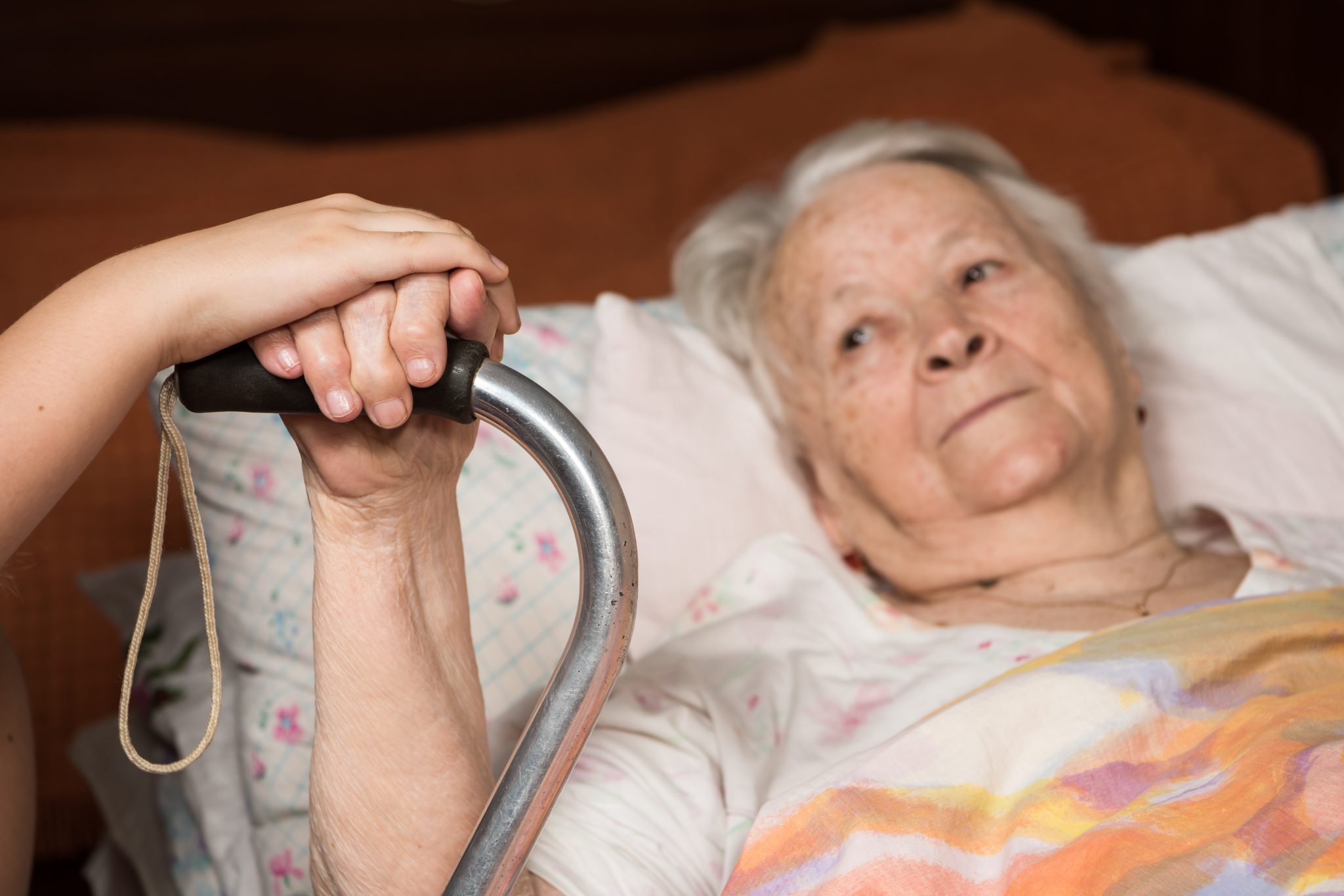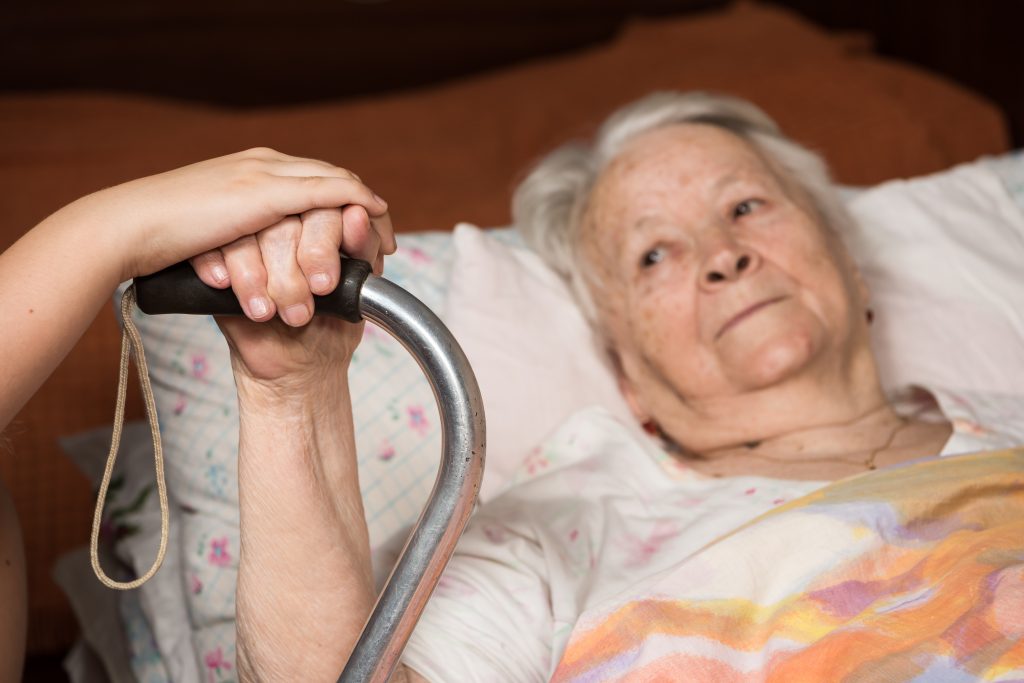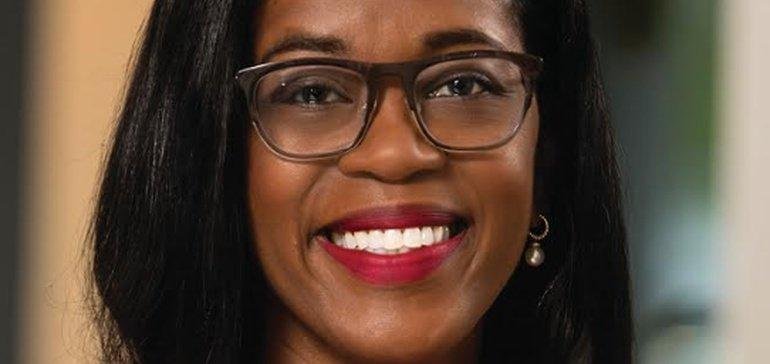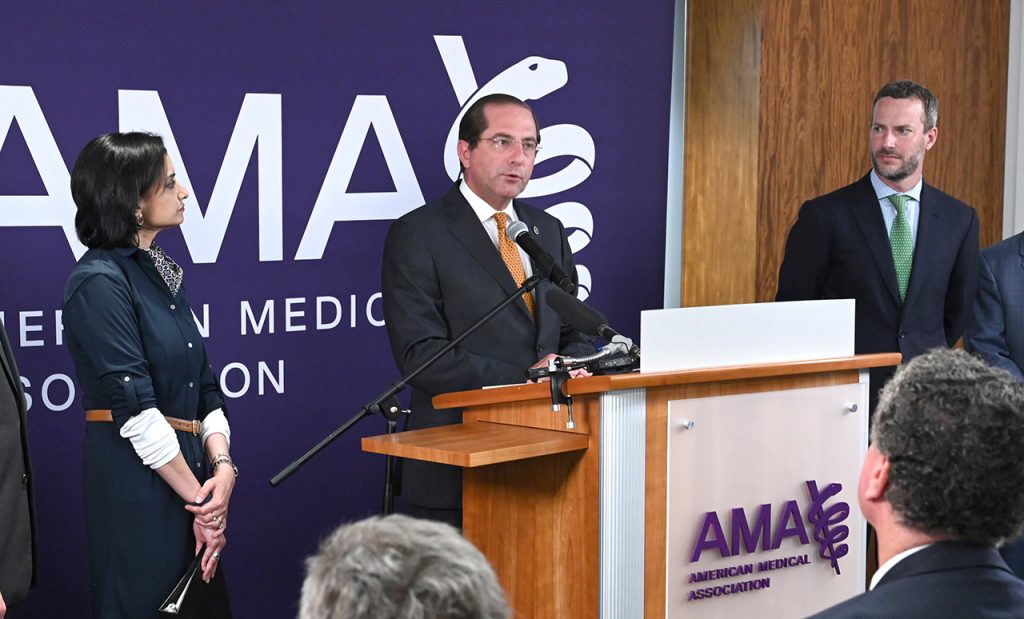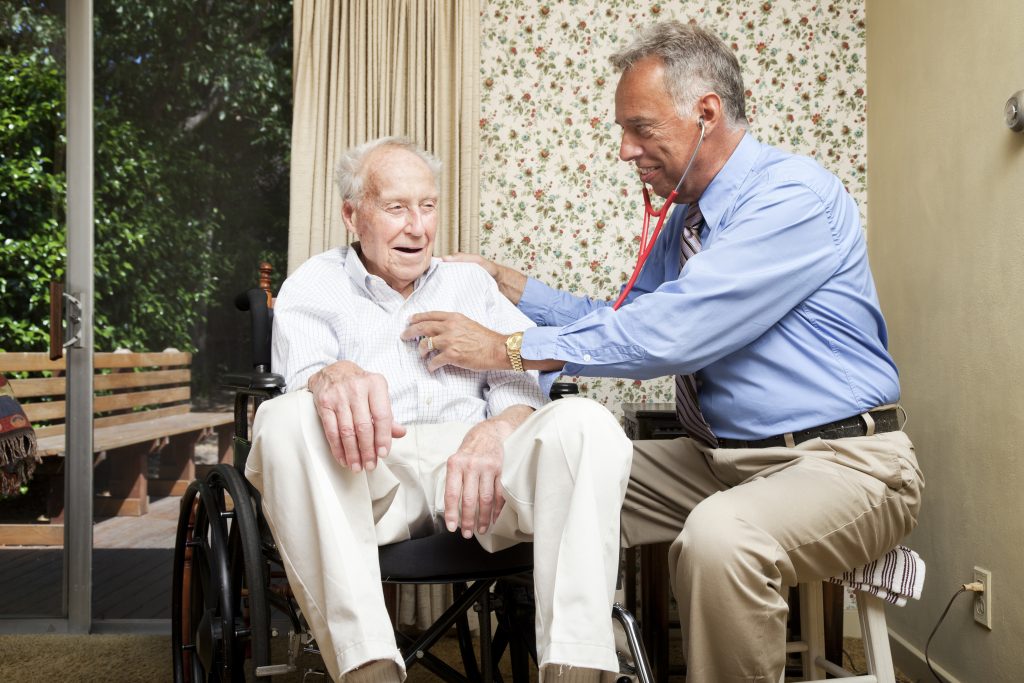
May 2, 2019 | Home Centered Care Institute
The field of home-based primary care (HBPC) received extraordinary news as the US Department of Health and Human Services (HHS), in collaboration with the Centers for Medicare and Medicaid Services (CMS) and the Center for Medicare and Medicaid Innovation (CMMI), announced its groundbreaking CMS Primary Cares initiative in Washington, D.C.
CMS Primary Cares aims to improve quality, improve patient experience of care, and reduce expenditures by increasing patient access to advanced primary care services. This revolutionary payment model includes several elements specifically designed to support practices caring for patients with complex chronic needs or serious illness, the patient population that can benefit so dramatically from home-based primary care.
About 4 million vulnerable adults in the United States have difficulty obtaining or are completely unable to access office-based primary care because they are frail, chronically-ill, functionally-limited and/or homebound. In desperation, these individuals often use the emergency room as their primary care physician. Since many of these patients have multiple comorbidities, ED visits frequently spiral into a lengthy hospital admissions.
“With 10,000 baby boomers turning 65 every day and our population living longer with more chronic diseases, home-based primary care provides the optimal solution for a growing number of patients as part of a value-based healthcare system,” notes Dr Thomas Cornwell, a practicing home-based primary care physician and Founder and CEO of HCCI. “Beginning in 2020, the CMS Primary Cares initiative will reduce barriers to entry and create a financially stable model for hospital systems and practices to bring quality care to the patients who need it most.”
“Since 2017, HCCI has partnered with leading academic centers and health systems to provide high-quality two-day training programs using the nation’s first comprehensive curriculum for home-based primary care,” shares Melissa Singleton, HCCI’s Vice President of Education & Research. “We train the entire team – physicians, nurse practitioners, physician assistants, social workers, practice managers, and others. And they come to us from a diverse range of specialties, including internal medicine, family practice, geriatrics, and more.”
Dr. Cornwell adds, “With the new CMS Primary Cares initiative, we stand a real chance of attracting more providers to the field – creating universal access to best practice house call programs, making home-based primary care the national standard for treating medically complex patients who are better cared for in the home.”
HHS Secretary Alex Azar lauded the CMS Primary Cares initiative as a historic first step toward a much bigger vision, even broader than value-based care. That vision is a healthcare system where every American patient feels she’s being treated like a person, not a number; where your doctor has one focus: not what procedures to order or how to bill you for them, but how to keep you healthy and well.
HCCI applauds and supports the diligent efforts of HHS Secretary Alex Azar, CMS Administrator Seema Verma, CMMI Senior Advisor to the Secretary Adam Boehler, AAHCM (who has led the charge on advocacy for our field), USMM, Centene, Aspire, Landmark, John A. Hartford Foundation, and all the provider organizations around the U.S. who have helped make this possible.
If you are interested in learning more about HCCI or supporting the future of HBPC, visit www.hccinstitute.org.
# # #
Video Link:
Eric De Jonge, MD., President of the American Academy of Home Care Medicine shares insight about the new payment models: http://bit.ly/CMSPrimaryCares
About HCCI
The Home Centered Care Institute (HCCI) is a national non-profit organization focused on advancing home-based primary care (HBPC) to ensure that chronically ill, medically complex and homebound patients have access to high-quality care in their home. HCCI works with leading academic medical centers, health systems and industry experts to raise awareness of and advocate for expanding the HBPC model by growing the HBPC workforce through education and training and developing a research-based model for sustainable house call program implementation and growth.
Find out more at www.hccinstitute.org.
Media Contact:
Julie Sacks
Home Centered Care Institute (HCCI)
[email protected]
630-283-9230
Download a copy of the press release
